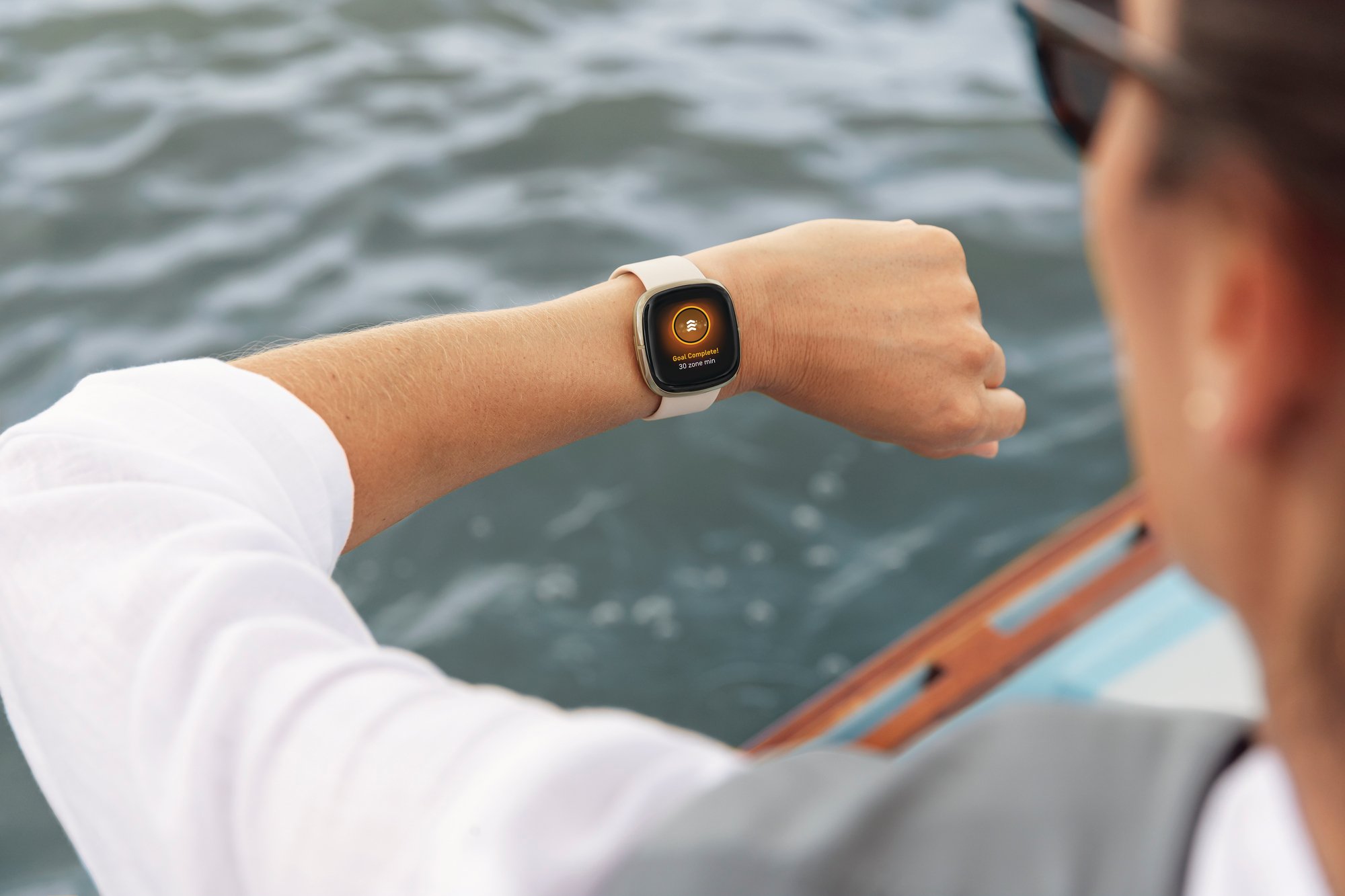Fitbit (FIT +0.00%) has seen better days. The stock hit another all-time low last week, tumbling after it posted disappointing financial results a week earlier.
History hasn't been kind to Fitbit investors. The stock has shed more than a third of its value this year, making this highly likely to be the fourth year in a row in which the stock suffers a double-digit percentage decline. Things look pretty bleak -- and the stock chart bears that out -- but let's look at some of the positives as we walk through the rubble.

Image source: Fitbit.
1. Fitness trackers are back
The past year of top-line growth (revenue has moved higher for four consecutive quarters after seven straight periods of year-over-year declines) came initially from the success of its low-priced smartwatches. However, with Versa Lite sales falling short, the baton was passed to Fitbit's original wrist-hugging activity-monitoring bracelets in its latest quarter.
Tracker revenue soared 51% in the second quarter, helping counter the disappointing 27% plunge in smartwatch revenue. Average selling prices have naturally fallen sharply, and Fitbit has made things even worse by rolling out even cheaper trackers. But the near-term margin crunch appears to be worth it as a way to get growing again with the fitness bracelets that originally put Fitbit on the map.
2. There's a world of opportunity
Speaking of putting things on the map, overseas sales are booming for Fitbit. International revenue rose 14% to account for 42% of the top-line results, saving an otherwise flattish stateside showing.
It will be interesting to see how things play out in the current quarter. Fitbit's uninspiring guidance calls for revenue to decline 10% to 15% in the third quarter, ending its four-period run of top-line gains. However, it should continue to perform better internationally than it does closer to home, especially with its attractively priced fitness trackers that are more mainstream than smartwatches in many parts of the world.
3. Health solutions are finally starting to become a factor
One of the early bullish arguments for Fitbit as a growth stock was its ability to cash in on its market leadership position in monitoring physical activity by developing products for the healthcare industry. This has been a slow story to play out, but health-solutions revenue grew 16% for the quarter -- more than triple its 5% top-line growth for the second quarter.
Health solutions isn't moving the needle just yet. The segment is expected to generate roughly $100 million in revenue this year, and that's just 7% of the top-line mix at Fitbit. However, with momentum in the division's favor, it should make up a growing percentage of Fitbit's revenue and provide more financial stability.





